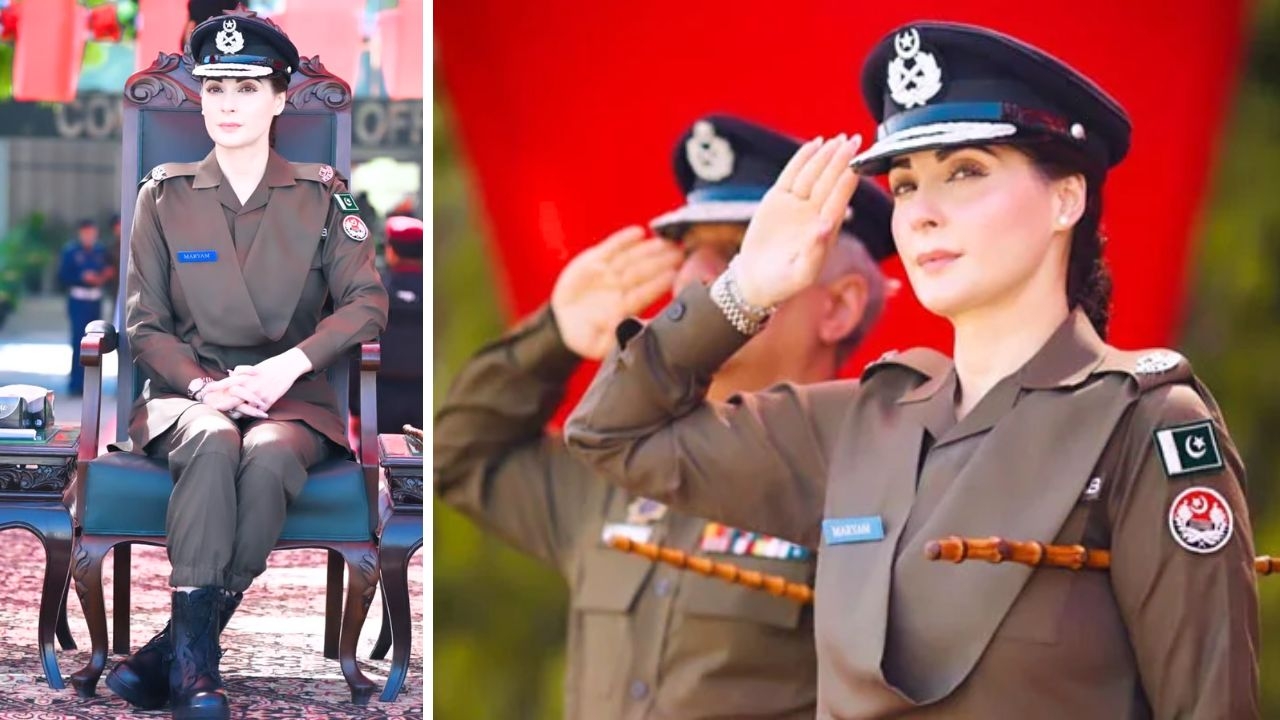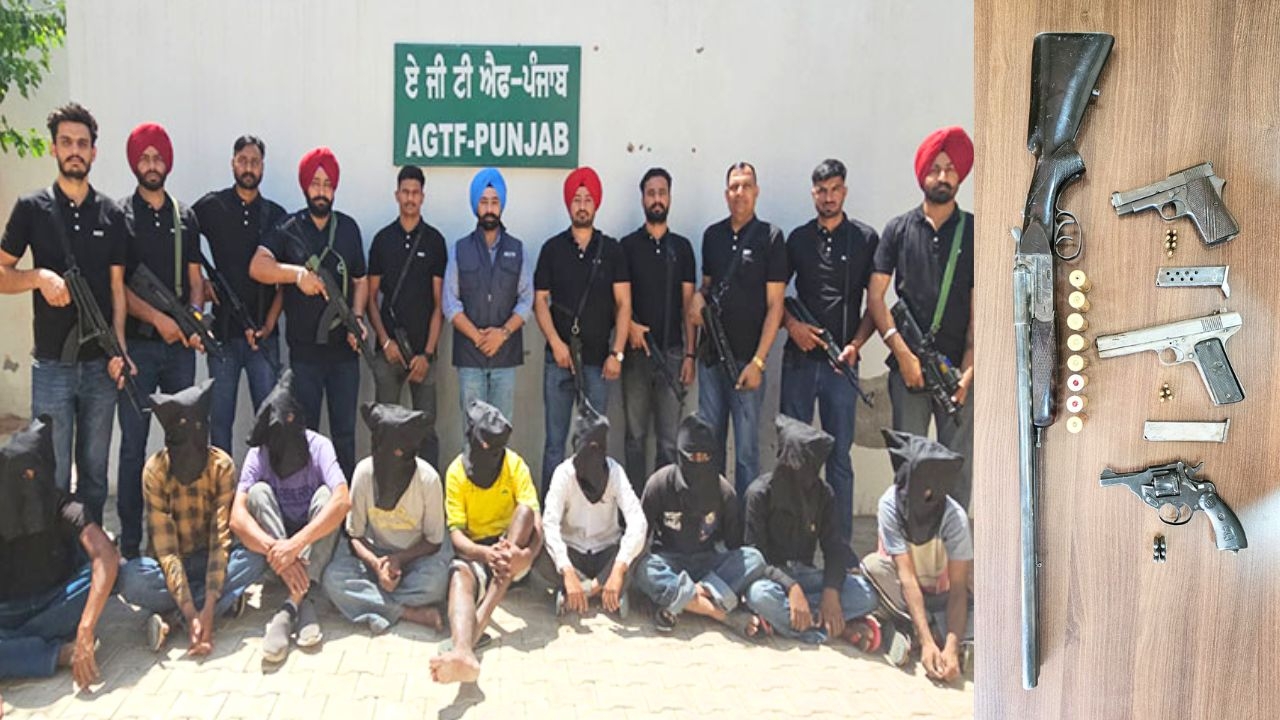Butterfingers' creator wants kids to discover books on their own

What does a Wodehouse fan do when she resorts to writing for children? Throws in dollops of humour, of course.
Khyrunnisa A. is the creator of the famous Butterfingers, a character well known for his Tinkle adventures and also the three novels penned by her.
Her latest Butterfingers book is a collection of short stories published by Puffin titled The Misadventures of Butterfingers.
In her latest, Khyrunnisa expands 13 of the stories that have already appeared as comics in Tinkle into short stories.
The fourteenth story, one that she calls "something original for [Tinkle] readers" is a novella titled Ghosts at Green Park School."
The boys want to write a play to mark Shakespeare's 4th death centenary," Khyrunnisa tells Catch. Except there's a problem. One little boy wants Holmes in there, along with three of Shakespeare's plays.
"So, they write a crazy play called 'The case of Hambeth, Prince of Venice'," laughs Khyrunnisa.
Here's the full interview:
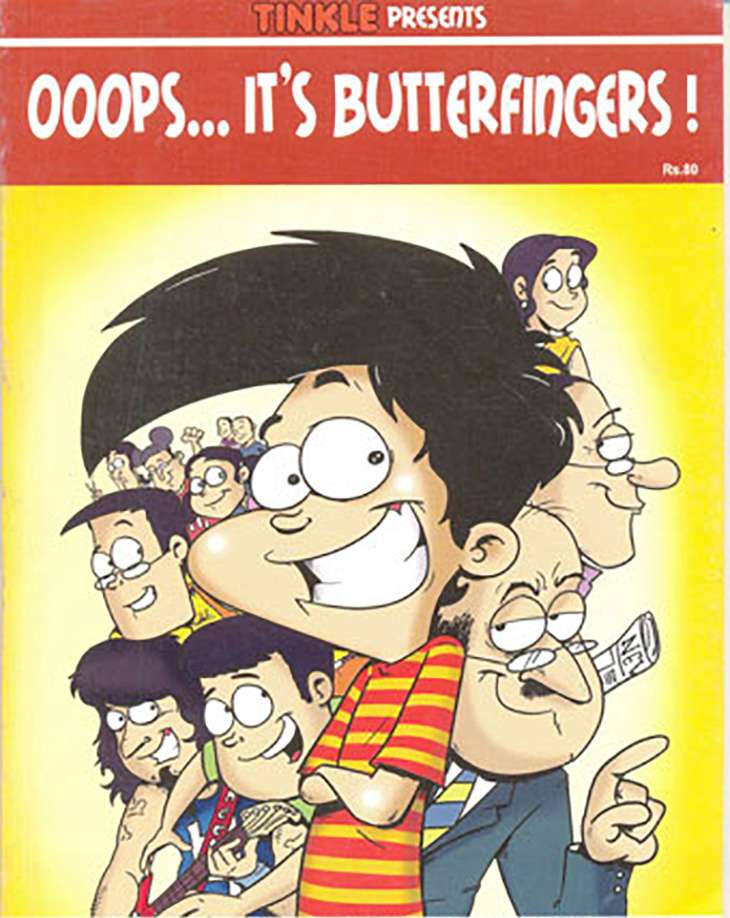
DS: Tell me about your latest Butterfingers series. How did it take shape?
KA: The first three in the Butterfingers series were sports-based novels. The latest is a collection of short stories.
Actually, when I first approached Penguin, it was with short stories but while they liked the concept, they said they'd prefer a novel. That's how I thought of Howzzat Butterfingers!
After that I wrote Goal, Butterfingers! and Clean Bowled, Butterfingers! But I always had it in mind to get these short stories published. They're actually a longer version of the comic strip Butterfingers stories. I'd created this character for Tinkle, but you know what happens when a story gets converted into a comic strip. A lot of it gets lost.
The first time it happened, I was really taken aback and rather sad. But then I realised that the requirement is very different there. I continued to write the longer stories, and when I had enough I looked for a publisher.
After three novels, I decided to ask Puffin (Penguin) about the short stories, and this time they said 'Let's go ahead with them'. They've sent me a contract for two collections of short stories, the first being the one that's come out and there's one that comes out next year.
Also read - Many parents won't read their children scary stories - but perhaps we shouldn't blame them
DS: So do publishers feel there's better readership for novels than short stories among kids as well?
KA: I don't know why, because I like reading short stories. Publishers seem to feel that way.
Someone once told me that children like to read novels to seem grown up. I never thought of it that way but perhaps? When they're small they start with very short stories that are read out to them and it's probably like climbing up the ladder.
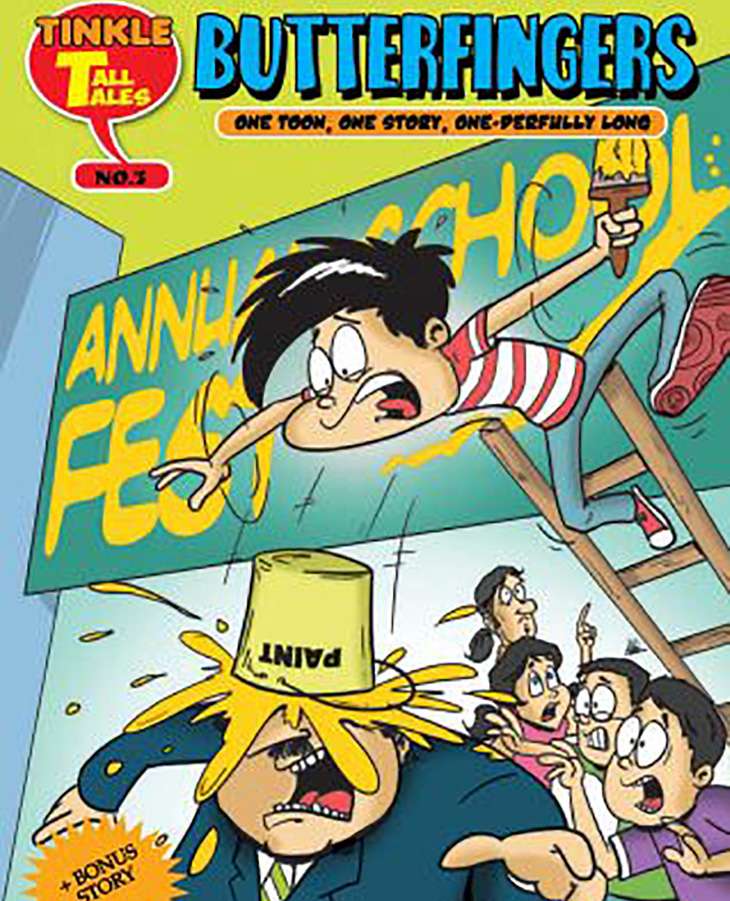
DS: Coming back to your character, Butterfingers, do you think the children who read your work identify with the clumsiness? I mean, he's called Butterfingers...
KA: Yeah, that's what is happening. Wherever I go and meet children they say they love Butterfingers because they can easily relate to the character.
Many of them are clumsy. I'm also clumsy. We all have our clumsy moments.
They say that he's a real-life character, that he's lovable. He's destructive by nature, but he means well. Through his destruction though he manages to do good. They do relate to him very well, in fact, they tell me so constantly.
DS: Since you've written for Tinkle, do you think comics are losing their popularity? They had a cult status in our time. Is that gone?
KA: I suppose, yes. I think we read more, though I sure hope not. The likes of Tintin, Asterix and Obelix, even Calvin and Hobbes... they still have a good readership. They've become something like classics, you could say.
I'm sure there are people who still like comics. In fact, comics first came into being because people didn't have much time to read.
Also, why short stories came into being.
But there's always one question mark when it comes to comics. People believe that if you read comics your language will be spoiled. I don't really agree. I think you should read everything.
DS: Speaking of not having much time to read, with so many kids glued to their devices nowadays, what do you think is the best way to make kids read books?
KA: I think the best way is, well, don't keep telling them to read books. Then they won't.
Because every child is a contrarian and they wouldn't want something forced down their throat.
I think the library has a great role to play. Teachers, parents, they should be seen reading books.
At home, there [should be] an atmosphere where there are books around. The older people or siblings should read books. All that helps.
You can't have a house where the parents are constantly watching TV or the brother is on the computer and you tell the child to go read a book.
It won't work.
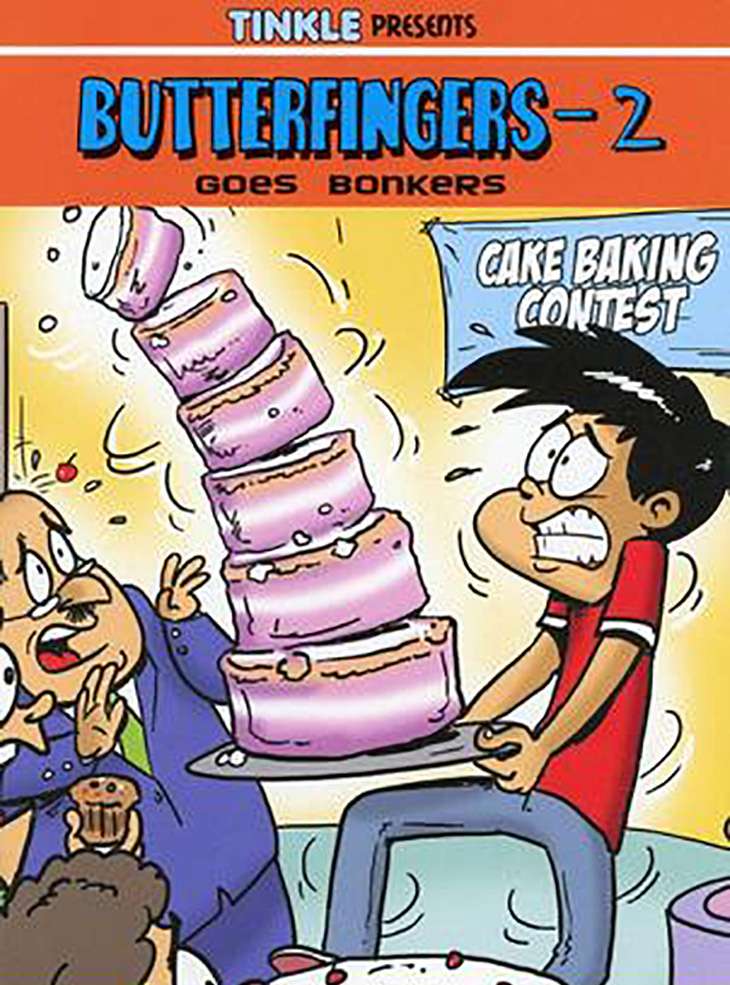
DS: What do you always keep in mind while writing for children?
KA: If you read my stories, you'll see that there's a lot of humour in there. I want children to laugh.
I want them to enjoy themselves. Because I find so much darkness around and with children these days, somehow, they prefer horror stories. They want blood, gore, violence, dead bodies.
Videogames are not helping at all. It's making them very blood thirsty.
'How many have we killed? How many more do we need to kill?' It's making them very insensitive, I think. It worries me.
So what I feel is that we need not always give them only what they want.
Maybe we can get them to like something humourous, set in school, evokes adventure, sports, camaraderie, that sort of thing.
DS: That's interesting. Because all these components feature in the super popular Harry Potter series, right? But there's also blood, gore, violence...
KA: And there's magic, sorcery.
But my stories are rooted in realism.
So perhaps you could say my world is a little ideal. Someone once told me that children are a lot more nasty than how I portray them.
These kids [in my stories] are good at heart, have good intentions, they all stick together. There is no villainy as such.
I have a feeling I may have been influenced by PG Wodehouse. I love PG Wodehouse. So there's humour, and also lack of evil.
Also read -
Harry Potter and the Cursed Child: I need a Time Turner to un-read this
The strength of my books lies in the language, humour and situations, and also for those who like sports, there's that.
DS: How hard is it to write for a child? How do you do your research?
KA: Well, if someone has to put in effort to write for a child, it would be very hard.
I find it quite easy.
For one I've been a child, and still remember that phase...
DS: Do you though?
KA: I do remember, quite a bit.
But then I also taught for a year and a half in a school. Then I taught as Associate Professor of English in a college.
So I've been on both sides.
It's easy for me to related to children. In fact, Shashi Tharoor, who released all my books, said, "She's a teacher, so how come she's speaking for the other side?"
It's amazing that I'm almost batting for the students rather than the teachers.
Also read -
Light read: 'The Story of Babur' is a delightful book for the young & old alike
DS: Who's you personal favourite children's writer and why? You can't say Wodehouse again!
KA: Oh no, but Wodehouse did write books for children!
Anyway, I like Roald Dahl as well. Then there's David Walliams, the person who wrote Mr Stink.
I can't really pick a favourite because you enjoy so many books in so many different ways... but, yeah, when it comes to Wodehouse, I'll say, he's my favourite!
First published: 16 September 2016, 8:48 IST

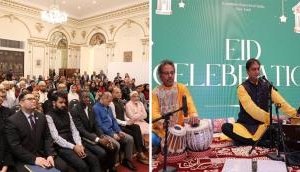
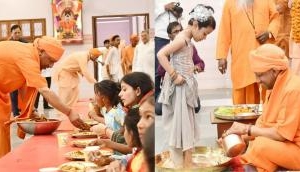

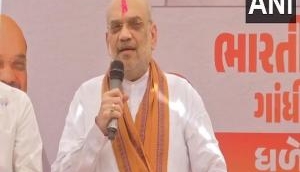

![BJP's Kapil Mishra recreates Shankar Mahadevan’s ‘Breathless’ song to highlight Delhi pollution [WATCH] BJP's Kapil Mishra recreates Shankar Mahadevan’s ‘Breathless’ song to highlight Delhi pollution [WATCH]](http://images.catchnews.com/upload/2022/11/03/kapil-mishra_240884_300x172.png)

![Anupam Kher shares pictures of his toned body on 67th birthday [MUST SEE] Anupam Kher shares pictures of his toned body on 67th birthday [MUST SEE]](http://images.catchnews.com/upload/2022/03/07/Anupam_kher_231145_300x172.jpg)




